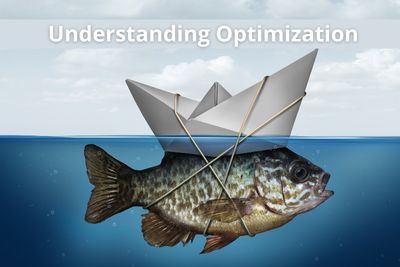As you hear the term optimization more and more, related to data and decisions, here’s a 2-minute primer to better understand its nuances.
Quick history: Optimize comes from the Latin, optimus, meaning best. It is believed that the term optimization was first used in 1857. The fact is that optimization is not new and over time it has been so watered down that anything offering improvement is described as optimized.
 Optimization is typically thought of as a scientific, mathematical, or technical approach to making something as good as it can be. Through a business lens, it generally refers to finding the best option or alternative that is often the most cost-effective and achieves the best result.
Optimization is typically thought of as a scientific, mathematical, or technical approach to making something as good as it can be. Through a business lens, it generally refers to finding the best option or alternative that is often the most cost-effective and achieves the best result.
The introduction of machine learning has placed new emphasis on optimization. Machine learning algorithms generate predictions that are more optimal. This in turn provides decision makers the insight to make better decisions. You may hear these referred to as optimized results and optimized decisions. While certainly improved, these are not necessarily the absolute best possible outcomes.
It is important to note that best can only be defined within a specific set of conditions. Any change in the conditions may also change what is best.
With data-driven decisions, make sure to pay close attention to understanding all conditions (e.g., business rules, limits, etc.) of your methods or models so you can understand the results in the proper context. In some circumstances it will be more accurate to simply view optimized results as likely improved when compared to non-optimized outcomes. Because conditions often change, you’ll also want to understand how they change and if a re-optimization adds value.
At LityxIQ, our team of data scientists leverage machine learning to optimize processes, approaches, and experiences. Let’s connect and discuss your optimization needs.
More on Lityx and the AutoML platform LityxIQ.


